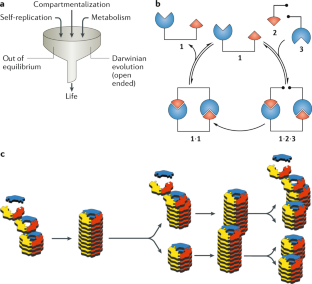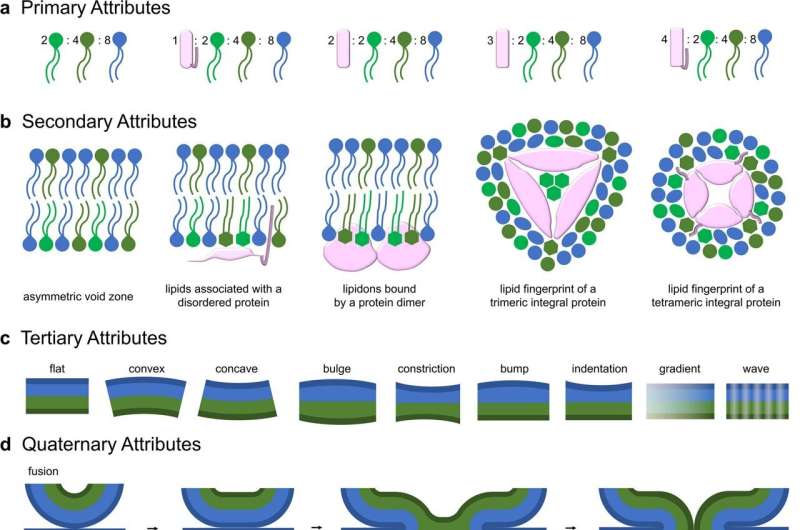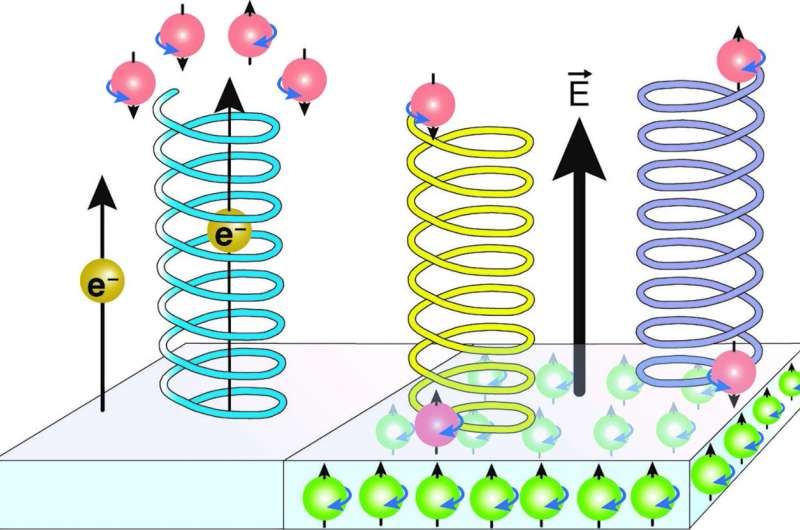Biosystems
Volume 237, March 2024, 105154
Accurate phenotypic self-replication as a necessary cause for biological evolution.
Seymour Garte
Department of Pharmacology and Toxicology, Ernest Mario School of Pharmacy, Rutgers University, 160 Frelinghuysen Road, Piscataway, NJ, 08854-8020, USA
Received 27 October 2023, Revised 29 January 2024, Accepted 9 February 2024, Available online 10 February 2024, Version of Record 14 February 2024.

Image/Imagem:
Adamski, P., Eleveld, M., Sood, A. et al. From self-replication to replicator systems en route tode novo life. Nat Rev Chem 4, 386–403 (2020). https://doi.org/10.1038/s41570-020-0196-x
Abstract
Since the Origin of Species, it has been known that evolution depends on what Darwin called the “strong principle of inheritance.” Highly accurate replication of cellular phenotype is a universal phenomenon in all of life since LUCA and is often taken for granted as a constant in evolutionary theory. It is not known how self-replication arose during the origin of life. In this report I use the simple mathematics of evolutionary theory to investigate the dynamics of self-replication accuracy and allelic selection. Results indicate that the degree of self-replication accuracy must be greater than a threshold related to the selection coefficients of the alleles in a population in order for evolution to occur. Accurate replication of cellular phenotype and of the molecules involved in genotype/phenotype linkage is necessary for the origin of evolution and may be considered the fundamental principle of life.
Payment or subscription needed/Requer assinatura ou pagamento: Biosystems







/https://tf-cmsv2-smithsonianmag-media.s3.amazonaws.com/filer/5b/7a/5b7af6d1-cb60-40fe-bb4d-853c7ccbfd26/yellowstone.jpg)

